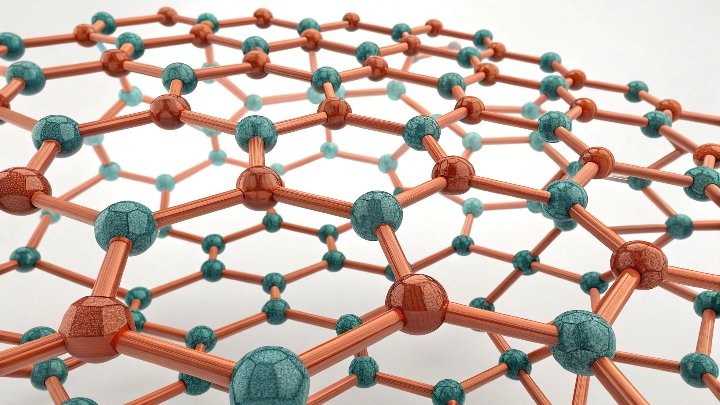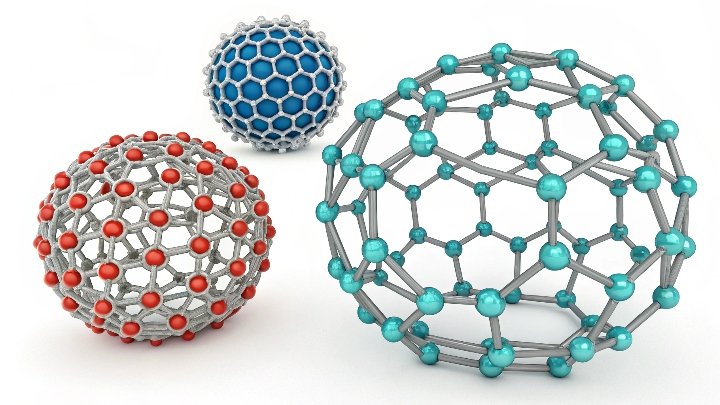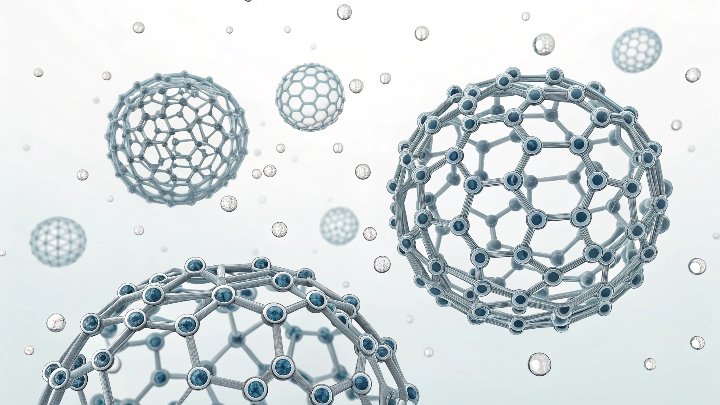Have you ever wondered how certain materials manage to separate gases and liquids with surgical precision? Molecular sieves are like the ‘OCD perfectionists’ of materials, and here’s why.
Molecular sieves are specialized materials designed to separate molecules based on size and polarity. Their unique ability to selectively adsorb certain particles has made them indispensable in industries ranging from natural gas purification to pharmaceuticals.
But what makes molecular sieves so precise? The key lies in their atomic structure and the specific way they interact with different molecules. Let’s dive into the science behind their ‘obsessive’ nature and explore the details that make them stand out.
The Science of Precision: How Molecular Sieves Achieve Their ‘Perfectionist’ Adsorption
Imagine being able to pick out only the perfect match from a sea of options. That’s exactly what molecular sieves do in industrial processes, and their precision is nothing short of remarkable.
Molecular sieves achieve their precision by using pores that are incredibly selective. Their ability to separate molecules based on size and polarity is what makes them ideal for applications requiring near-perfect separation.
The precision of molecular sieves starts with their structure. Most molecular sieves are made from synthetic zeolites—cubic crystalline materials with a network of tiny channels. The arrangement of atoms in these materials, particularly the positions of aluminum, silicon, and oxygen, creates pores of exact sizes that only allow specific molecules to enter. This selective ability makes molecular sieves perfect for applications like natural gas purification, where only certain molecules, like water or CO2, need to be removed, leaving the rest untouched.
Pore size plays a critical role in this selective process. Molecular sieves come in different pore sizes, measured in angstroms (Å). These sizes range from 3 Å to 10 Å and are designed to interact with specific molecules. For example, a 3A molecular sieve, with pores just 3 Å in diameter, can trap water molecules while allowing larger molecules, such as methane, to pass through. This level of specificity means that the sieve can be tailored for a particular application, such as gas drying or hydrocarbon fractionation.
Understanding the science behind these materials not only shows us how molecular sieves work but also why they are so crucial in industrial processes that require ultra-precise separations. Their ability to selectively adsorb specific molecules based on size and polarity makes them indispensable in fields like petrochemical refining, pharmaceuticals, and air separation.
A Closer Look at Molecular Sieves: Why Size and Shape Matter So Much
The true beauty of molecular sieves lies in their ability to manipulate size and shape with the utmost precision. This gives them an edge in industrial applications where exact separations are required.
The size and shape of a molecular sieve’s pores dictate how effectively it can separate molecules. By adjusting these characteristics, molecular sieves can be engineered for specific tasks, making them essential in various industries.
The size of the pores in molecular sieves is crucial to their effectiveness in adsorbing specific molecules. As mentioned earlier, pores in molecular sieves are measured in angstroms, with sizes ranging from as small as 3 Å for 3A sieves to as large as 10 Å for 13X sieves. This range allows molecular sieves to handle a broad spectrum of gases and liquids, from small molecules like water vapor to larger ones like CO2.
The shape of the pores also plays a significant role. The geometry of the zeolite structure determines not just the size of the pores but how molecules move through them. For example, some molecular sieves have straight pores, while others may have more complex, interconnected networks. These differences in structure allow molecular sieves to perform more efficiently in specific tasks, whether it’s dehydrating natural gas or separating gases in air purification processes.
In industrial applications, selecting the right size and shape of molecular sieve is critical. A sieve with pores too small may not allow the target molecules to enter, while one with too large pores might allow undesired molecules to pass through, reducing efficiency. By carefully adjusting the pore size and shape, manufacturers can create molecular sieves that meet the precise needs of any application.
From Industry to Innovation: The Real-World Impact of Molecular Sieves in Adsorption Technology
Molecular sieves are more than just a laboratory curiosity; they are transforming industries worldwide. From cleaning natural gas to producing high-purity chemicals, their real-world applications are vast.
Molecular sieves are at the forefront of industrial innovation. Their ability to purify gases and liquids is revolutionizing sectors like petrochemicals, pharmaceuticals, and food processing.
The industrial impact of molecular sieves is undeniable. In the petrochemical industry, for example, they are used in natural gas purification, where their primary role is to remove water vapor and CO2. Natural gas extracted from wells often contains impurities like water vapor and carbon dioxide, which can cause issues such as pipeline corrosion and the formation of hydrates. Molecular sieves, specifically those with 4A and 13X pore sizes, effectively remove these impurities, ensuring the gas is dry and ready for transportation.
In hydrogen production, molecular sieves play a critical role in achieving the high purity levels required for fuel cells and other applications. The use of pressure swing adsorption (PSA) systems, which incorporate molecular sieves, allows hydrogen to be purified to 99.9% or higher, removing contaminants like CO and CO2. This has significant implications for industries focused on renewable energy and clean fuel production.
Moreover, molecular sieves are also used in the pharmaceutical industry, where they help purify active ingredients and remove moisture from solvents, preserving the integrity and effectiveness of the products. In the food industry, molecular sieves are employed to dehydrate oils, treat sugars, and even purify alcoholic beverages, ensuring product quality and safety.
These examples highlight just how versatile and essential molecular sieves have become in modern industrial processes. Their ability to selectively adsorb specific molecules has made them an indispensable tool for industries looking to improve efficiency, reduce costs, and maintain product quality.
Conclusion
Molecular sieves are truly the perfectionists of materials, using their precise structure to revolutionize industries and solve complex separation challenges.






